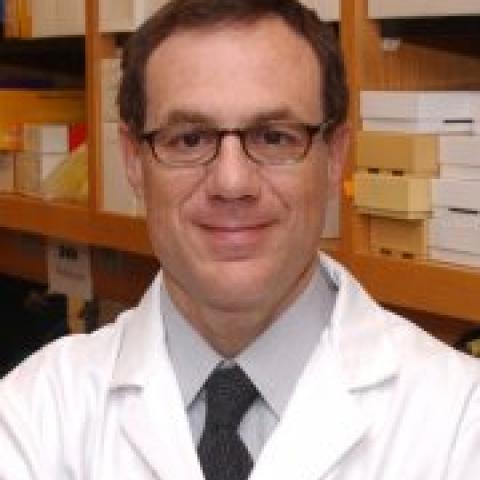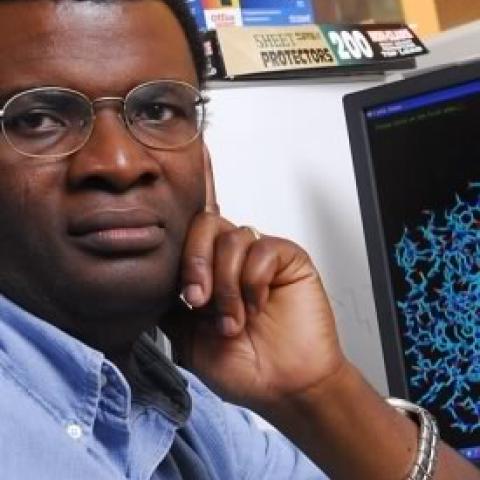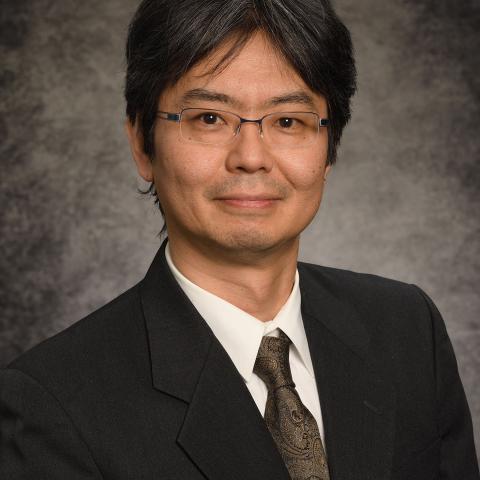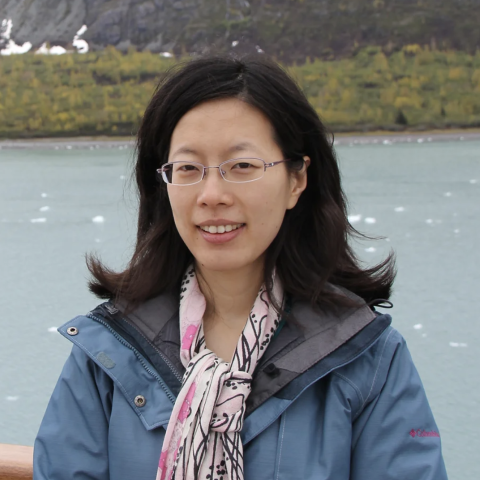Annalise Paaby
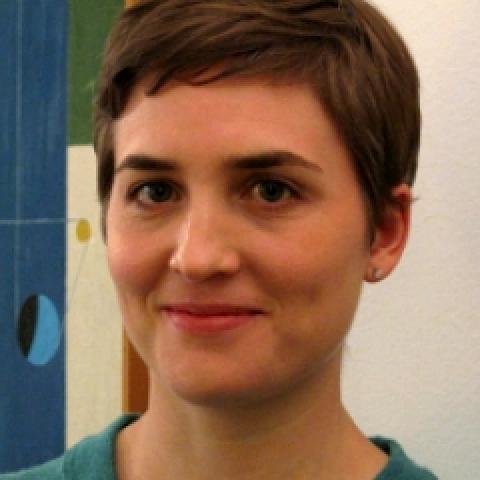
After studying ecology as a biology major at Swarthmore College, Annalise Paaby learned fly pushing as a technician for Steve DiNardo and then discovered evolutionary genetics as a tech for Paul Schmidt. She joined Paul’s lab as a graduate student and earned her Ph.D. from the University of Pennsylvania in 2009. In 2015, Paaby completed her postdoctoral training with Matt Rockman at New York University and began her appointment at Georgia Tech.
